How to Control the Tomato Hornworm Naturally
The Tomato Hornworm is a type of caterpillar commonly found on or around tomato plants. It gets its name for its ability to destroy tomato plants by using them as hosts. These caterpillars chew through the leaves of the plant, ultimately causing it to wither away and die.
If you end up with these pests in your garden, they can cause significant damage, while destroying everything you’ve worked hard to grow. Find out why you need to get rid of them and how to easily do so.
Wear garden gloves whenever you work in the garden, you never know when there are spiders hiding. Garden Gloves
In case you missed these posts, Top Gardening Tips for Growing Tomatoes and Tips For Growing Sweet Tomatoes
How to Control the Tomato Hornworm Naturally
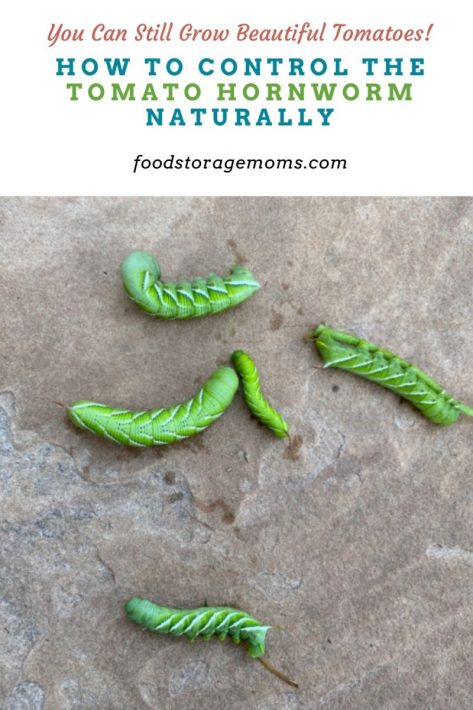
Why It’s Important to Get Rid of the Tomato Hornworms
It’s essential to get rid of the Tomato Hornworms because of their destructive tendencies. If you take the time to plant tomatoes, it’s because you want them to grow to the point that you can have a successful harvest. I spread these out on the lawn so you could see them.
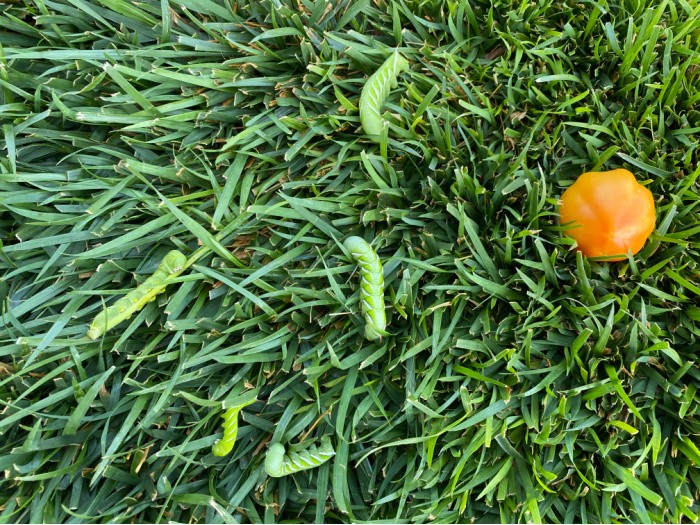
When producing large, ripe tomatoes, you can use them at home in different recipes or even sell them, depending on what your garden goals are. Most people enjoy growing tomatoes to ensure that they have enough of them to use in salads, stews, salsa, and other recipes.
Unfortunately, if you plant the seeds, water the tomato plants, and take good care of them, all your effort and hard work can go down the drain because of the Tomato Hornworms.
An infestation of these caterpillars could cause damage to the plants, causing you to have to start all over again if you want to grow tomatoes outside.
Once you spot one of these caterpillars, it’s essential to remove it from the area and take preventive measures to keep other Tomato Hornworms away from your garden.
How to Tell If You’re Dealing with Tomato Hornworms
If you’re not sure if you have a problem with the Tomato Hornworms, it’s important to look for telltale signs of them. Check your tomato plants as often as twice a day for good measure. First, look at the top of the plant.
It’s common for these insects to start at the top and work their way down, causing damage as they move along. You might notice chewed pieces of leaves missing from the plant. If so, it’s a good chance that you’re dealing with the Tomato Hornworm.
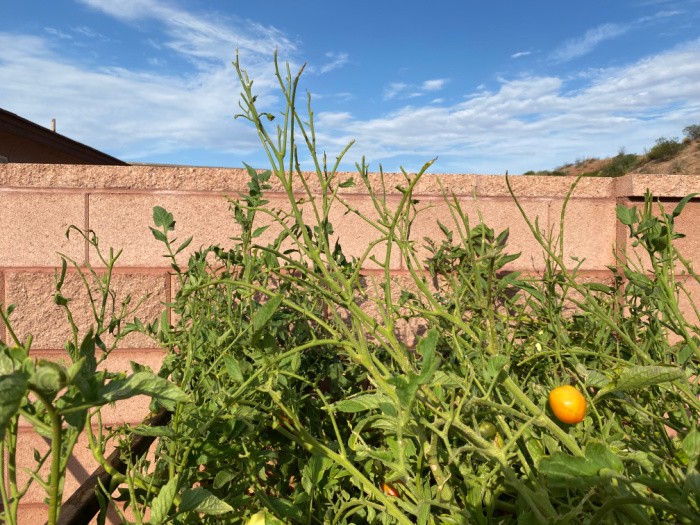
Other signs include black droppings and missing stems from some of your tomato plants.
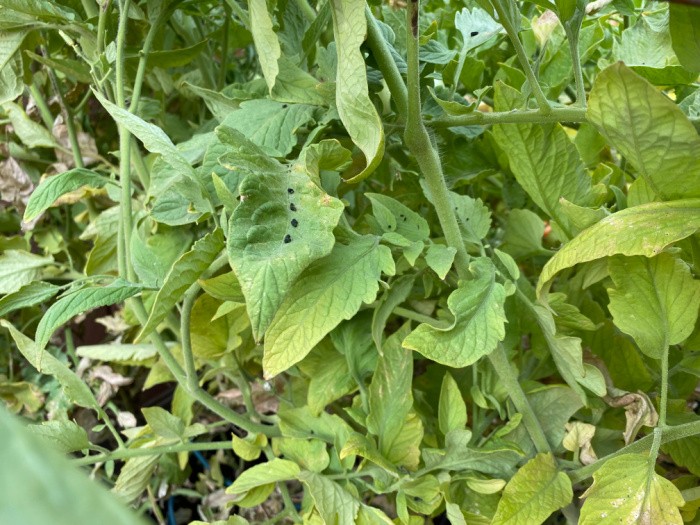
It’s possible to even come across one of these caterpillars while you’re inspecting your plants. If you do spot one, you know that you have a problem that needs your attention!
Because they are hard to locate on the plants, if you do find them, attempt to pull them off. You can also cut off the leaf or stem and throw it away. Of course, this won’t prevent other ones to show up and eat to their heart’s delight.
Unfortunately, it’s not always easy to tell if you’re dealing with Tomato Hornworms until the damage happens. These caterpillars blend in with their surroundings exceptionally well because of their green color.
If you don’t have excellent vision, you might not spot one as it sits on a leaf or stem and uses the plant as a food source. Whether you have an issue or not, it’s still a good idea to try some of the natural control methods below.
Soap and Water with Pepper Spray
Combine two tablespoons of your favorite dish soap into a spray bottle full of water and shake it well. Once you’ve combined these two ingredients, add a bit of cayenne pepper to the mixture, shake well, and spray the tomato plants with soapy water.
It’s the perfect natural pest control product to use. The ingredients are safe for your tomato plants, so you won’t have to worry about applying any toxic chemicals on top of the plants.
This approach is also safe for humans since we’ll generally rinse the tomatoes before we eat them in various recipes.
In addition, the cayenne pepper has such a strong scent to these insects that it deters them and keeps them from coming back to the tomato plant.
Make sure you’re proactive with this spray. It’s best to spray a generous amount of the product around your plants at least once a week to keep these caterpillars away for good. However, it won’t kill the tomato plants or any other plants you have next to them.
Plant Marigolds Next to Tomatoes
Consider planting some marigolds next to your tomato plants. Marigolds are an excellent companion plant. The growing conditions for both plants are a lot alike, making it easy to care for your tomatoes and marigolds simultaneously.
However, the scent that comes from marigolds is what truly keeps the Tomato Hornworms away. You can plant marigolds on several sides of your tomato plants to act as a barrier of protection against these pesky and destructive insects.
Plant Chamomile
Chamomile is another excellent companion plant for tomato plants. You don’t want these insects to destroy your crops. Like the marigold plants, chamomile has a more pungent scent that deters these caterpillars from getting too close to your tomato plants.
So, if you have marigolds on both sides of your tomato plant, consider planting chamomile at the top and bottoms of these plants as an extra precautionary measure. The goal is to create that perfect barrier to keep these unwanted insects at bay.
Set Traps
Some people attempt to set traps to get rid of these insects. You can try to set a trap and see if it works well for you. Start by using a small plastic cup and covering it with plastic wrap. Next, poke several holes into the plastic wrap and add a few plant leaves inside.
These insects may attempt to access the plant leaves by crawling into the cup, but they won’t be able to get back out because of the plastic wrap that you’ve placed over the cup. While it’s not the most effective method, it’s worth a shot.
Final Word
When you’re growing assorted plants in your garden, you want to see them thrive and eventually harvest them, bringing them into the home and enjoying the fresh produce with your family.
However, the Tomato Hornworm is a destructive insect that can damage your tomato plants, making it impossible for them to reach their full harvest potential.
If you don’t want your hard work to go to waste, the best thing to do is use several natural remedies to keep these insects away. Make sure to create a barrier using companion plants, and don’t forget about using the natural spray consisting of dish soap, cayenne pepper, and water.
Keep in mind, you can use all these protective methods at the same time too. May God Bless this world, Linda

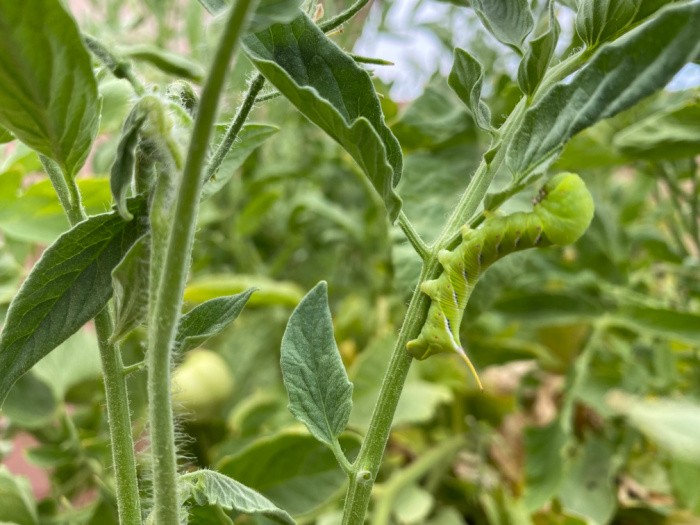



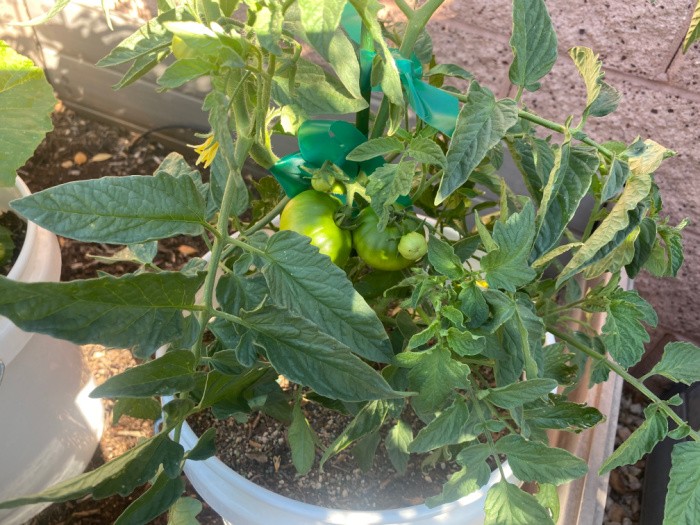








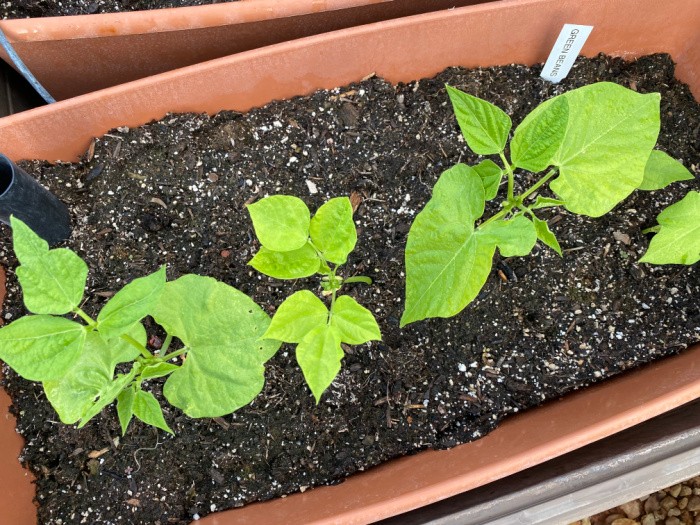
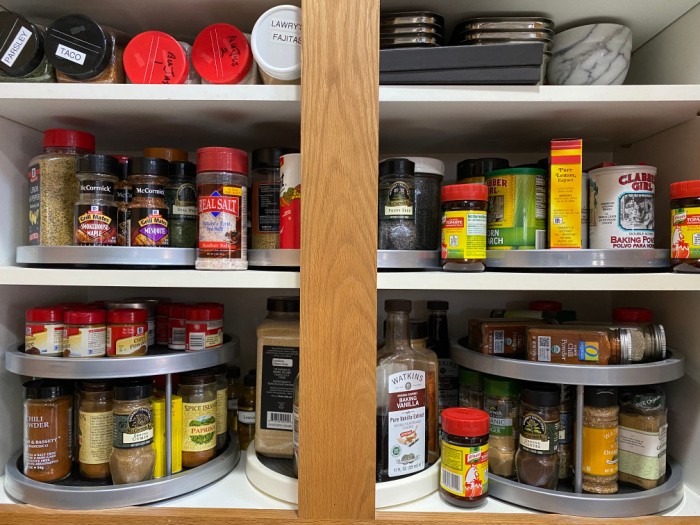


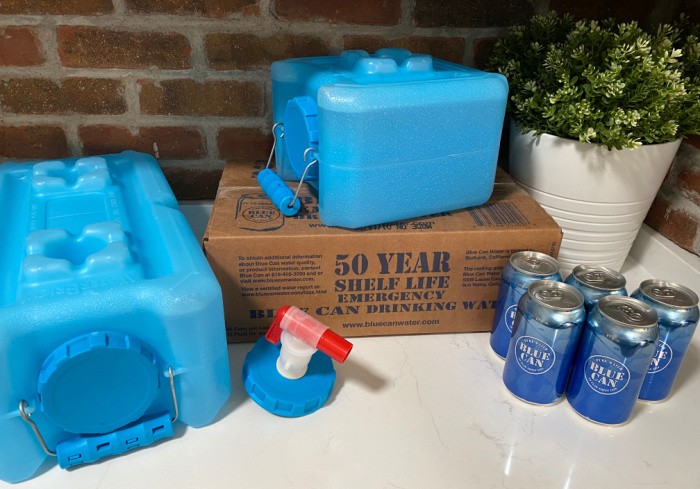



I’ve only seen one Hornworm in my almost 70 years. And it was in Mississippi. My grandson, age 2 at the time, picked one off his other grandparents tomato plant and proudly brought it to my mother and me. He is now 26, and in the Army.
Hi Deborah, oh my gosh, he was 2!! I had so many this year and I’m not sure why. I swear those critters had a family reunion in my garden. I sometimes see one or two but I have NEVER seen that much poop these babies left everywhere. LOL! Linda
Interesting
Hi Matt, it’s been a crazy year for these tomato hornworms in my garden. Crazy! Linda
I use a black light at dawn and/or dusk to remove them. Chickens love them.
Hi Sandy, I took a black light out after dark, that’s probably why I did not see them. I will try the dusk or dawn method. Thank you! Linda
Good tips, Linda. There is a natural predator, the trichagamma wasp, that attacks anything that goes through a larval stage. They are microscopic, but extremely effective at controlling tomato worms and most other creepy crawlies. They are viral in pecan and fruit orchards.. Just don’t put them too close to any fig trees, since figs need wasps to develop the fruit.
Linda,
I mostly just pick them off, but they can be hard to see since they blend in really well. I also use BT. But as a rule my tomato plants are so vigorous my hornworm problems aren’t much of a consideration.
If you go out at night and use a blacklight, it’s easier to find them because they glow a bit. Scorpions do too.
Hi Ray, I’ve heard that about scorpions as well! I have never had this many in my 50+ years of gardening. It’s so weird at first I thought it was mice poop around the garden. It was the green hornworm poop. I was putting out mouse traps to catch the mice. Urghh! It was the green hornworms! Oh well, I learn something new every year. LOL! Linda
Marigolds and Basil will keep them away every time! I have used them for years after I found my plants totally eaten up. I got Louise Riotte’s book Carrots love Tomatoes and she cover all that info. plus a lot more in it. I have never had a problem with them since then.
Hi Cheryl, it’s so crazy it’s been years since I have seen them. AND maybe one or two, but this year is crazy! Thanks for the tip on the book!! Linda
I wish I had this article when I was a young wife. We had a big garden with my husbands parents and siblings and every summer we had those worms attack the tomatoes. The only way we knew to get rid of them was to pick them off the tomato plants and get a empty can and put gas in half way up and drop the worm into the gas. That was the way it was done in his family for 3 generations. That was tiring work.
Hi Jackie, wow, handpicked them. That took some time!! I had never seen Hornworm poop, I assumed it was mice poop. I thought to myself, why are the mice getting on my tomatoes. I have had a huge garden for over 50 years and saw one or two of those gems in all that time. So when I saw tomatoes half-eaten with brown poop on them, I thought it was mice. Then I discovered their poop everywhere on the bricks around my raised beds. What a mess. They were having a family reunion, I swear! I now realize they were reproducing all the while I thought it was mice. Dang it! Oh well, now I know what the brown specks are. Life is good I had 21 tomato plants and produced enough for the neighborhood to enjoy and I dehydrated enough to get me through the year. I cut them up and put them on salads. Linda
Linda even our kids when they reached the age of 7 knew what to look for and were helping pick the worms. It could be a long hot day in the Tennessee sun for all of us. My daughter has light skin and she was able to work 1/2 hour shifts because if she worked longer she would get sunburned and sick. I can remember her milking it to keep from having to pick off the worms. Typical female yuck attitude towards those nasty things.
Hi Jackie, oh my gosh, this is the best story! Not the long hot days in Tennessee but the light-skinned daughter. LOL! Best story ever! I had a blondie with very light skin as well as blue eyes! She was the baby so she was babied, for sure! LOL! Don’t you just wish we could sit around a fire pit and share stories??? Or we could have tea sandwiches and sit around a table and all share some really fun stories? We can dream! Linda
Re. that parasitic wasp… If you happen to see a tomato worm with white “spines” on it, that’s the sign you also have the helpful parasitic wasp (stingless, you’re in no danger). Don’t pick off any tomato worm with the white things on its back–just leave it there! Those larvae will continue to suck that worm dry–it will sort of shrivel and just hang off the plant–and eventually the larvae will themselves hatch into more wasps. Since I started leaving the affected worms, I see far fewer (did have a few more last year, for some reason–I suppose things do fluctuate!)
Now if I could just figure what’s apparently taking bites out of almost-ripe tomatoes… Do rabbits do that? I’ve seen one around the house/barn…
Hi Rhonda, oh my gosh, the parasitic worms!! I will watch for those now. My dogs will eat my cherry tomatoes so rabbits may eat tomatoes!! If it isn’t one thing it’s another. LOL! Thank you for the tips! I’m going to look for a picture of the tomato worm with white spines so we all know what it looks like, thank you so much! Linda
Re: the natural spray – How much is a ‘bit’ of cayenne powder’ ? And is this made in a quart container? These are my first tomatoes. I picked off 6 of those ugly buggers in assorted sizes today. Yes, they left poop on the leaves. They are SO hard to spot but I did find 2 underneath chewed leaves, so I’ll watch for that. I check morning & evening. I only planted one each of 3 types, so I can’t afford to feed the hornworm nation! Thanks for the article –
Hi Rebecca, some people only use soap and water. Others use the solution with a very tiny bit (cayenne pepper is strong), you can always add more. They are really hard to spot. I hear you about feeding the hornworm nation, darn, I get so frustrated. Good luck, Linda